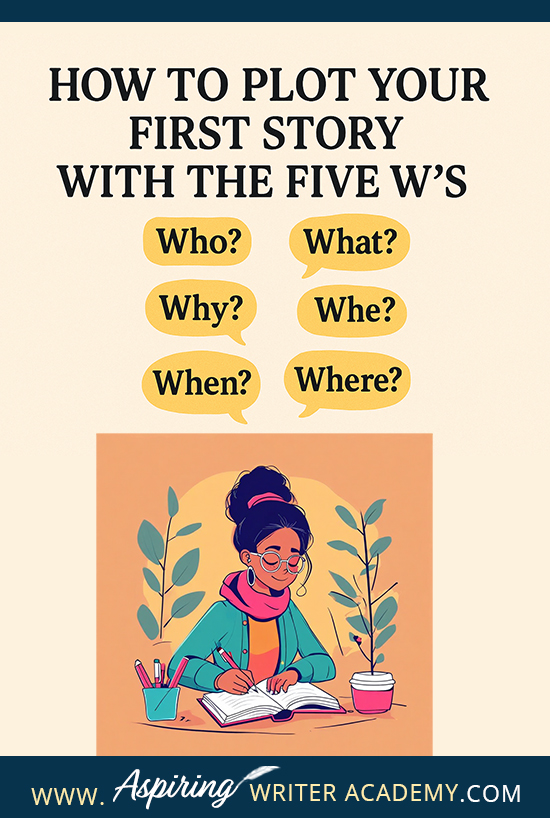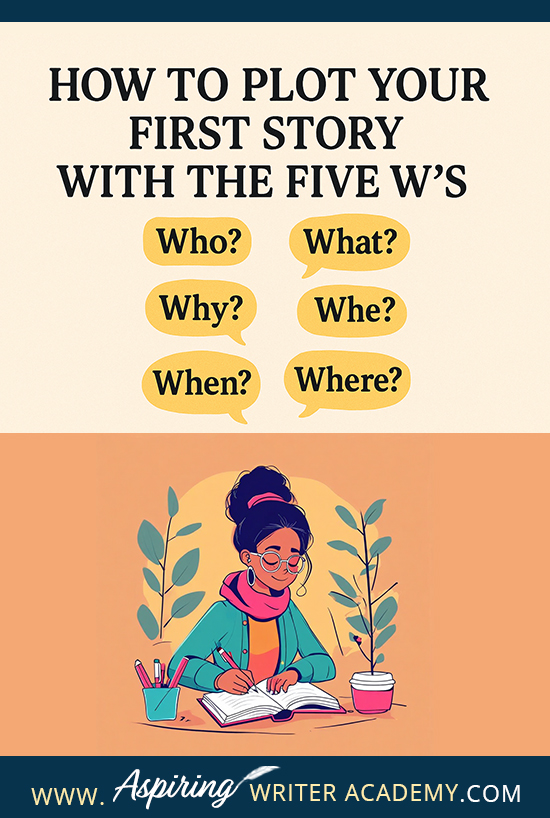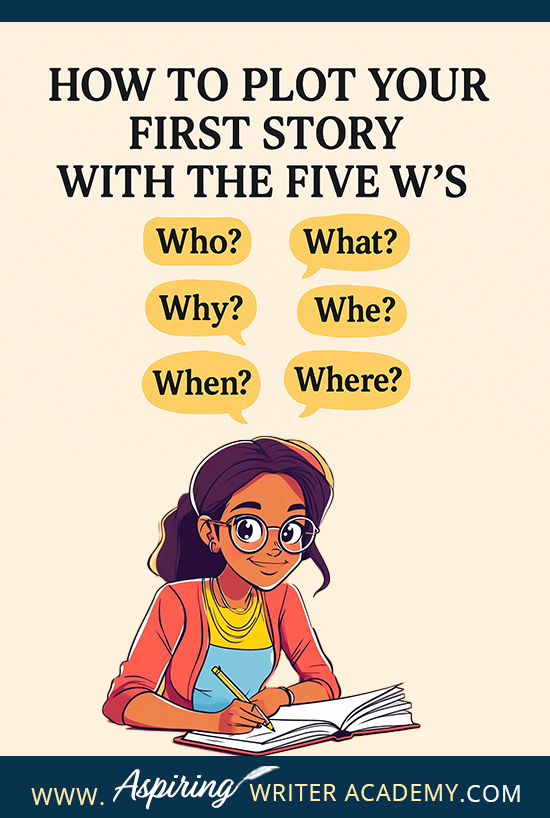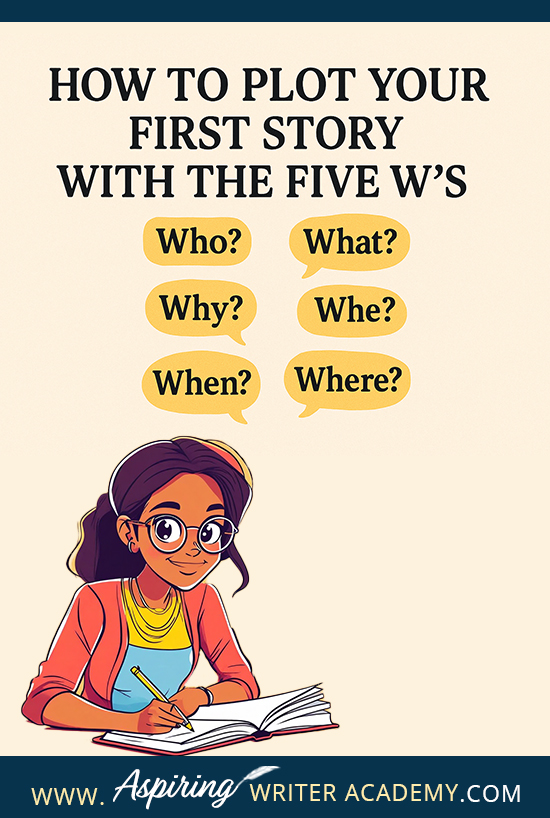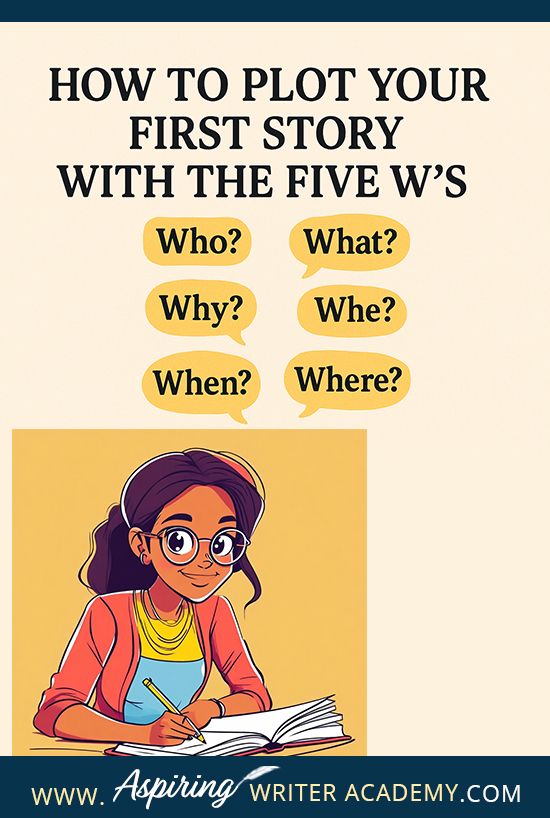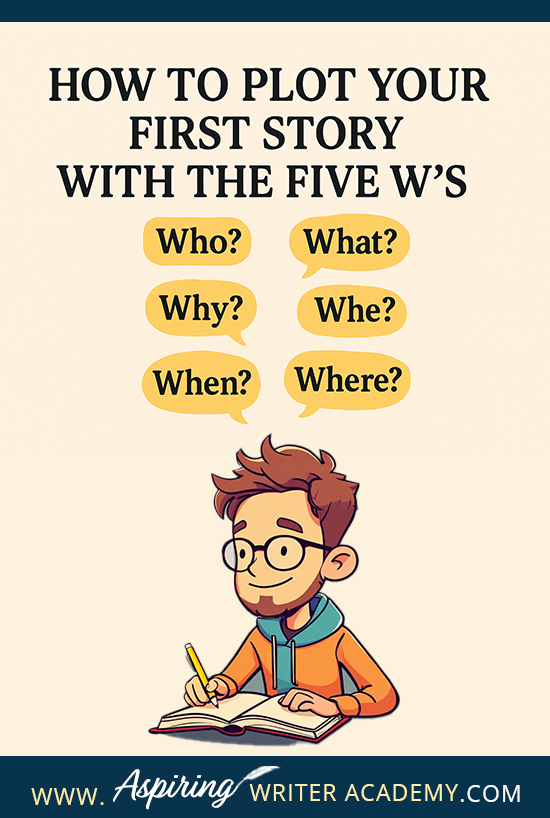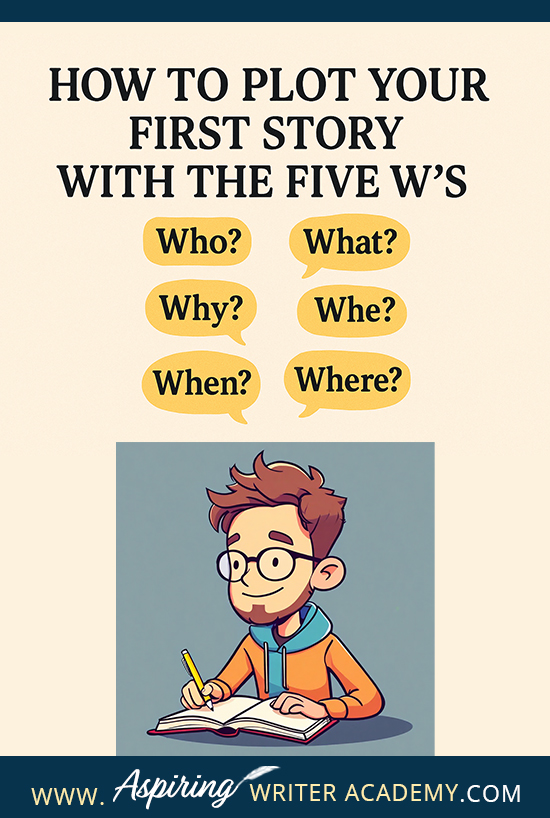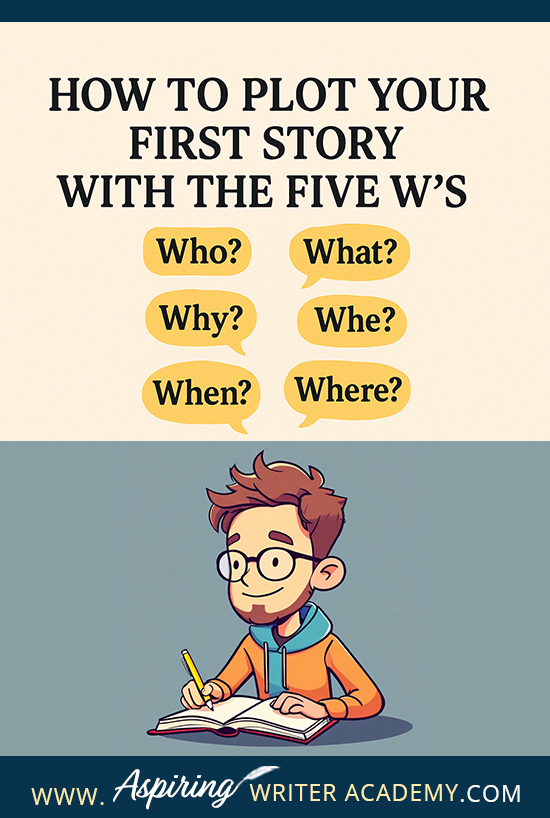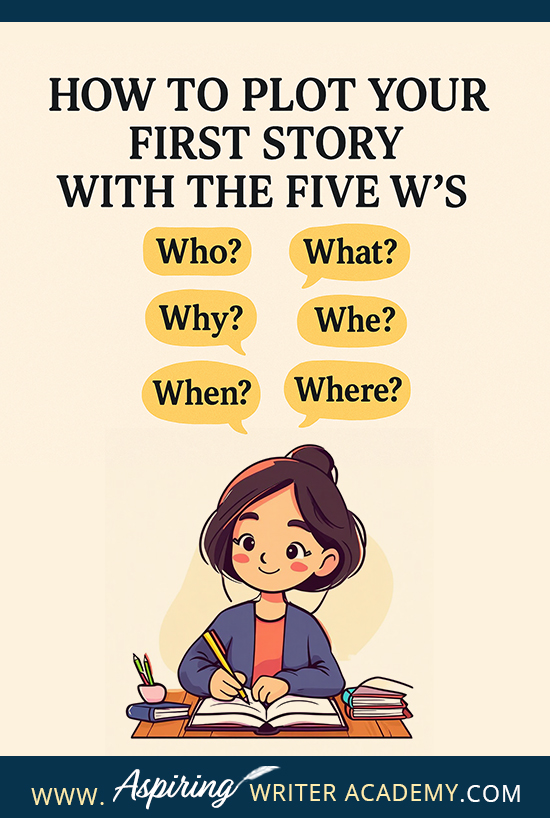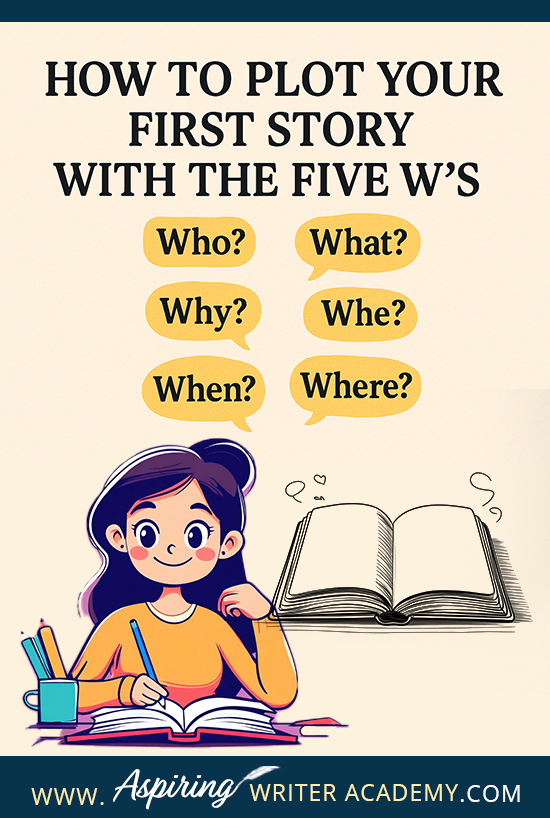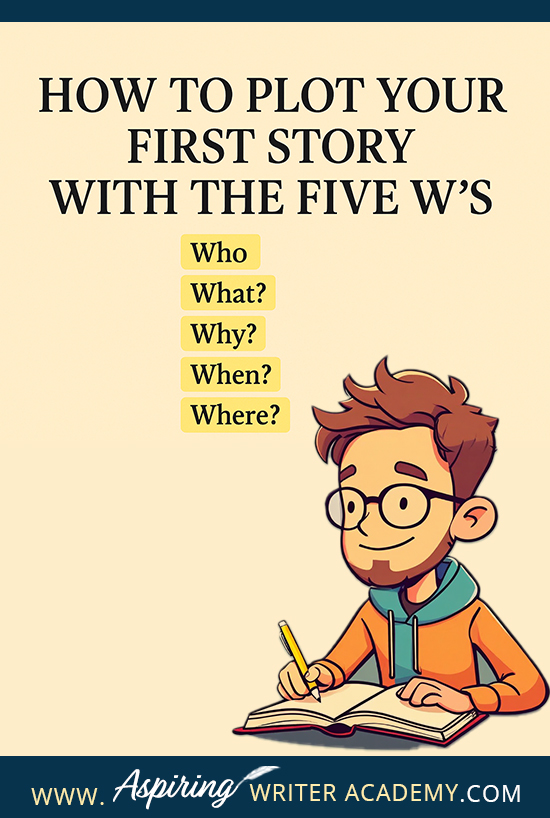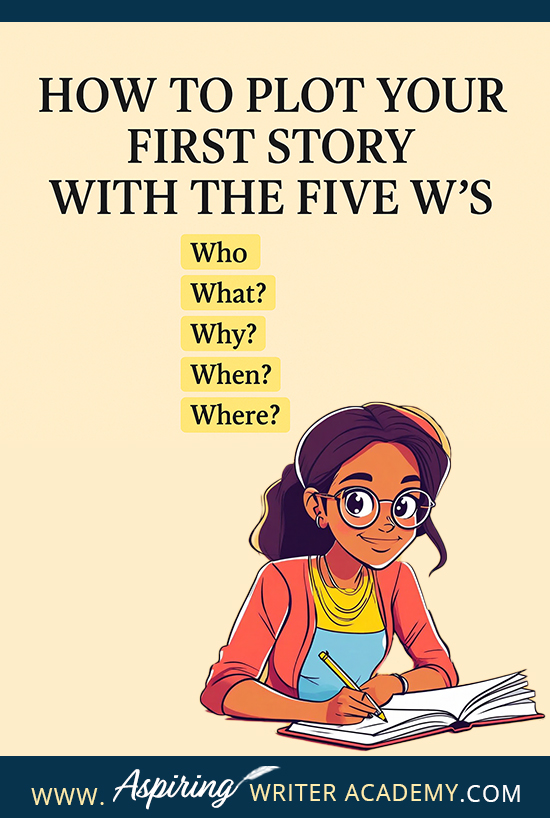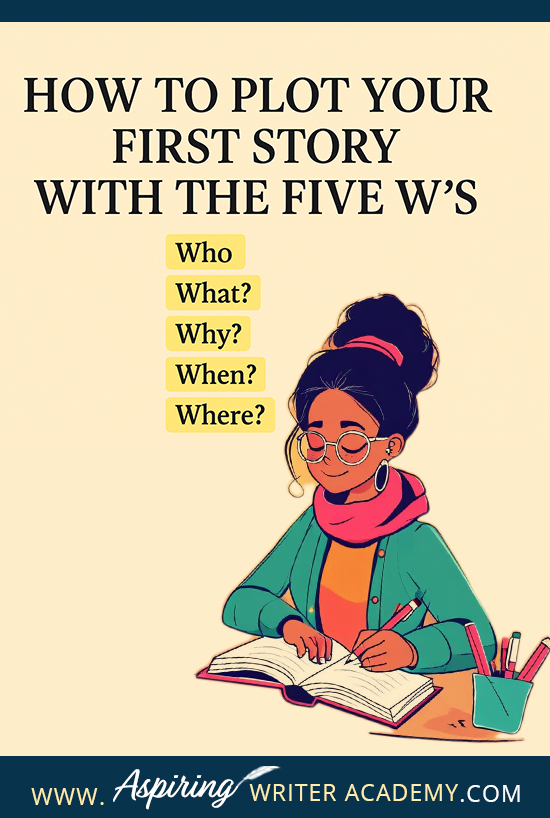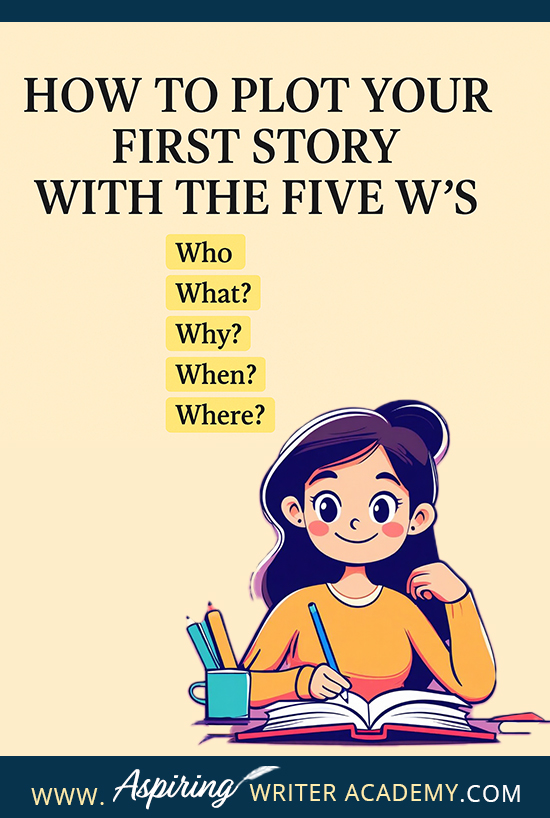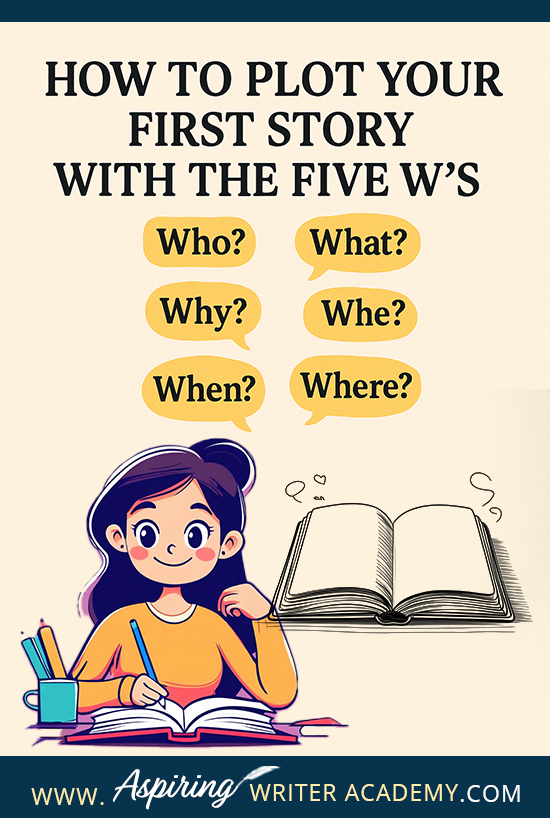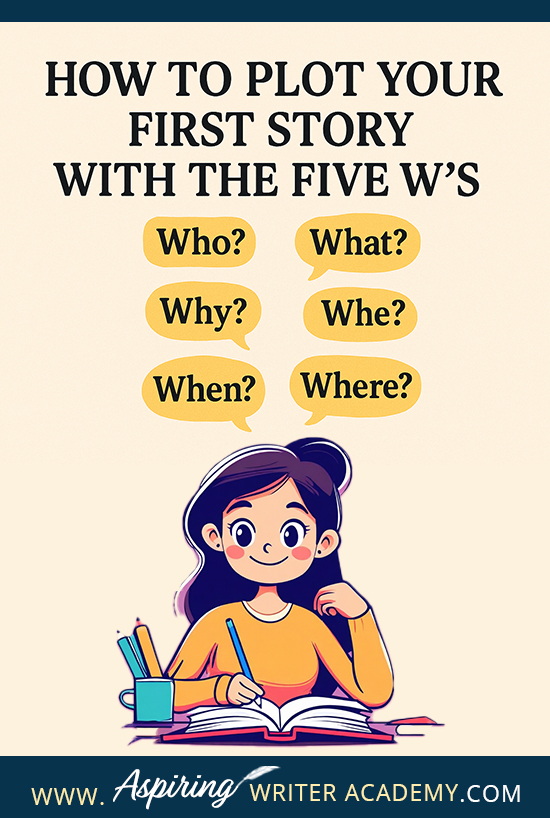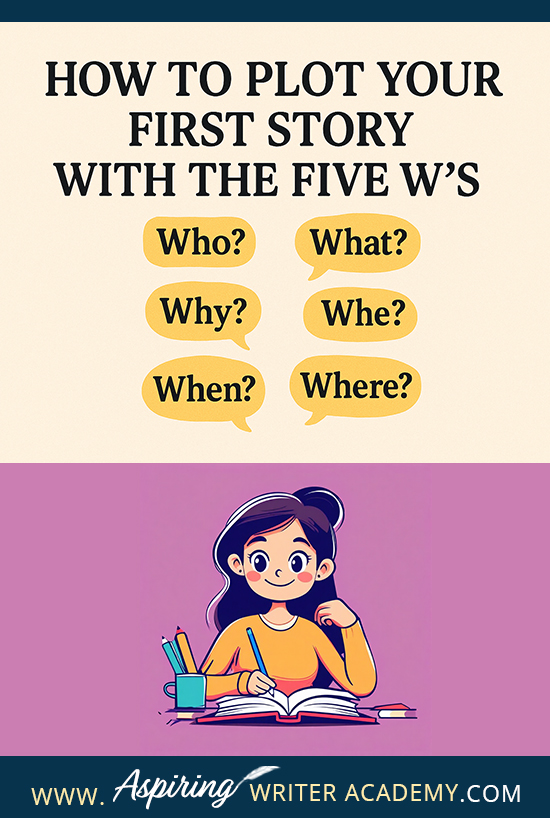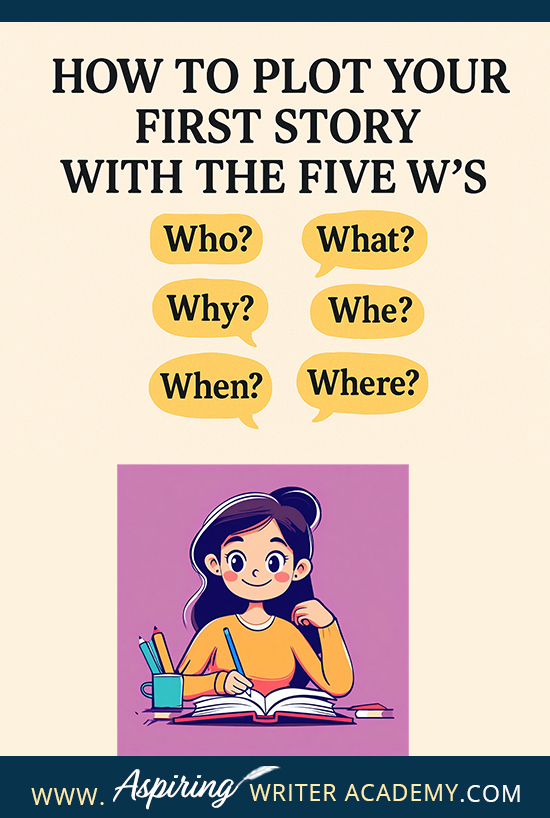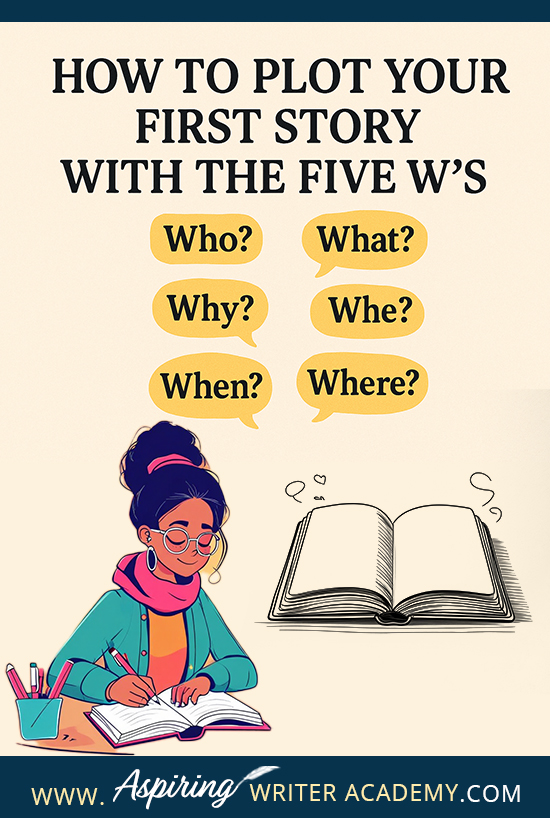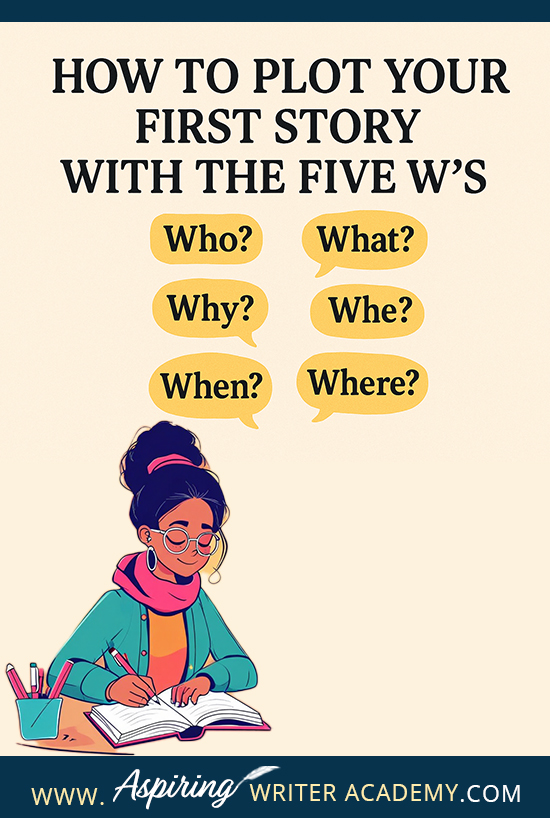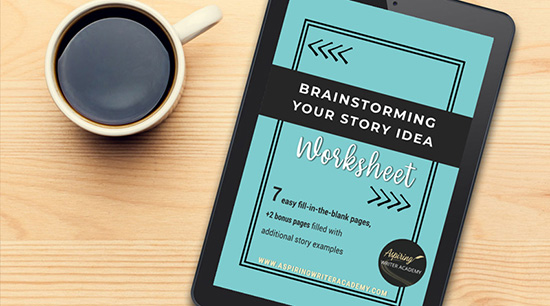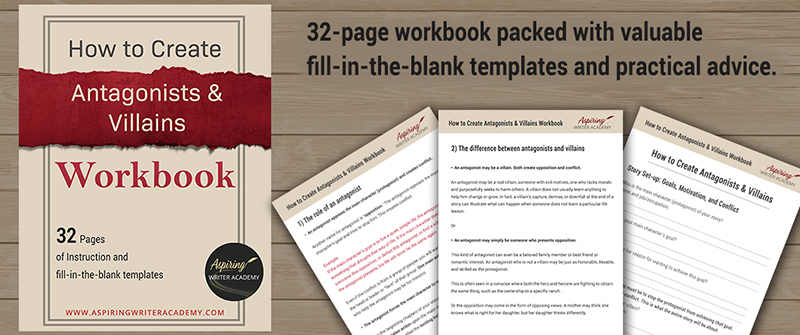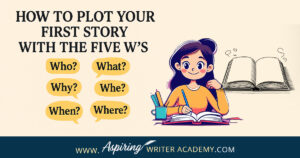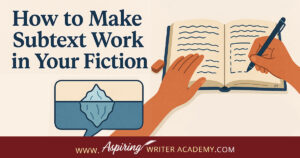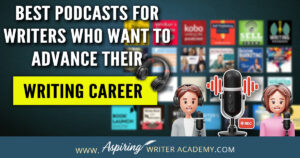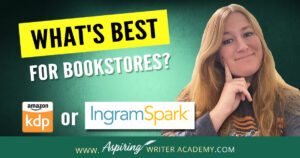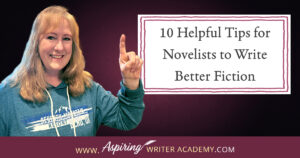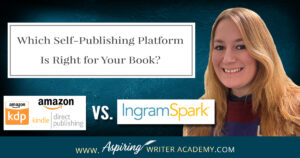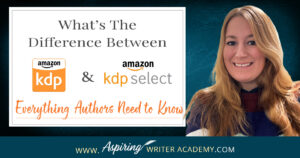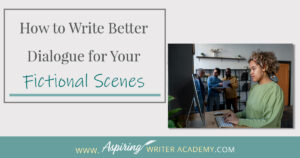How to Plot Your First Story with the Five W’s: Who? What? Why? When? and Where?
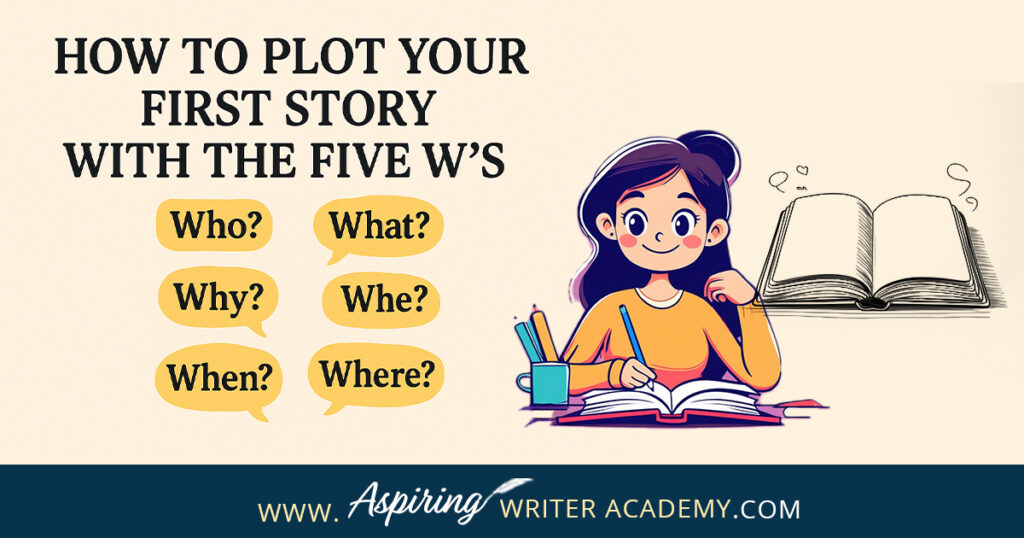
Ready to start writing your first story? Where do you begin? With a character? A setting? Or an exciting idea for a scene? What do you need to create a working outline?
How to Plot Your First Story with the Five W’s: Who? What? Why? When? Where? shows you how asking these key questions can make your story stronger and easier to write. If you’re eager to turn your ideas into a well-structured story, don’t miss out—read the full post and start your writing journey today!
In the post below, we will discuss the 5 W’s of storytelling:
- Who—is the story about?
- What—does this character want or need to do?
- Why—does the character want or need to do this?
- When—does the story take place?
- Where—is the story set (location)?
Starting a story can seem hard at first, but using the Five W’s—Who? What? Why? When? Where? can make planning easier. These questions help you figure out the main parts of your story and create a clear outline. Knowing where your story is headed will give you the confidence you need to stay on track and keep the story moving forward.
Let’s get right to it!
1) Who—is the story about?
While you may have many characters in your story, there must be one main character whom the story is about. This is the protagonist and may also be referred to as the story’s hero or heroine.
Who will take on the lead role in your story?
- This character pursues a challenging and potentially life-altering goal and fights against the opposition and whatever obstacles may come his way.
- The protagonist does not simply react to situations but drives the story forward with his decisions and actions.
- This character has the most to gain if he achieves his goal and the most to lose if he fails.
- The reader will experience a majority of the story from this character’s point of view and should be able to sympathize with or at least understand this character.
- Even in stories where it appears as if there are two main characters, such as in a romance or a buddy story, there will always be one who has slightly more prominence.
2) What—does this character want or need to do?
The protagonist does not simply wander around talking to people and reacting to bad things that may happen to him. He must have a goal he desperately wants to achieve. A goal, quest, or mission he will pursue. A goal that has high stakes and horrible consequences if he does not succeed. Failing should be unfathomable.
What will this story be about?
- Will the story illustrate a specific theme that you want to write about such as how money corrupts, or that crime doesn’t pay, or the benefit of trust, love, or forgiveness?
- What does your protagonist want most? Does he want to learn to ride bulls in a rodeo and use the prize money to buy a ranch? Or does she want to work her way up to the CEO position of the company where she works? Or does he want to find a way to win the heart of a girl? Does your character need to slay a dragon before he can find a magical gem? Or enact a plan to defeat the aliens attacking his planet?
- Decide on the main idea for your story, the external conflict that the character will have to deal with from beginning to end.
- The protagonist should also have an internal want or need such as wanting to find love, overcoming a fear, or needing to face the past while pursuing the external goal. This will make achieving the external goal even harder.
- The external goal will take several steps to achieve, each one harder than the next. Will the protagonist need to learn a new skill? Or learn to work with new allies or gather a team? Will he need to gather special information or equipment or supplies? What is the game-plan for achieving the major goal and how can it be broken down into multiple action steps?
3. Why—does the character want or need to do this?
Why does achieving the primary external goal matter so much? What is the motivation behind this desire? What does he hope to gain? What happens if he fails? What are the consequences?
Why must the protagonist pursue this goal?
Every story needs conflict which is brought in by the opposition. Who will oppose your protagonist’s goal? Who will try to stop him? And why? This character will be the antagonist and have very compelling reasons of his own to prevent the protagonist from achieving his goal. The antagonist will also have much to gain if he succeeds and much to lose if he fails. The antagonist’s goal is to stop the protagonist from achieving his goal.
The antagonist can also be a force of nature such as the threat of an incoming tornado or a health issue the protagonist must overcome.
- The protagonist’s story goal should have high stakes. The character’s way of life should ride on the outcome. Whether he succeeds or fails should be life changing. Either way, his life will never quite be the same again.
- Why does your protagonist want this goal or why does he need to pursue this mission or go on the quest? Why must he accept this challenge, even if he really does not want to? Who or what is propelling him forward?
- What is the antagonist’s game plan to defeat the protagonist and stop him from achieving his goal? What action steps will he take? What problems or complications will arise?
- The fate of others may also be tied to the protagonist’s goal and determined by the outcome of the story. How might others be affected?
- The more fearsome the consequences, the more emotional, riveting, and impactful your story will be.
4) When—does the story take place?
Does your story take place in the past, present, or future? Knowing the time helps set the scene. A historical story will include historical clothes, modes of transportation, and way of living that is not common today. A futuristic story may have a dystopian culture that is quite different than what we experience in the present day.
What season does your story take place? Spring, summer, fall, or winter? This will also affect the setting of your story. Will the protagonist pick tulips or pumpkins? Wear summer shorts or winter coats? How might the season hinder the protagonist while he attempts to achieve his goal? Will a snowstorm make it harder? Or will the summer heat cause him to pass out?
Most importantly—
When does the protagonist’s goal need to be achieved? By what date?
- Does the protagonist’s story goal have a deadline? A due date? When stories have a ‘ticking clock’ or a countdown added to the completion of the protagonist’s goal, it raises the tension. The shorter the time frame, the more tension and suspense, but of course, it must realistically fit the story.
- What is the timeframe for the story as a whole? Is the story set over the course of an entire year? Or stretch over one month? Or does the whole story resolve within a week? How much time will pass between the beginning of the story to the end?
- After you have the other factors locked into place, you will want to narrow it down even further and decide what month the story will start. Which day, and what time of day—morning, evening, late afternoon?
5) Where—is the story set (location)?
The last of the “5 W” questions to ask is where should the story take place? The protagonist’s goal and what he must do should give you an idea. Is the story set in the city or on a farm or in a forest? Or in another world or in space? Does your protagonist spend a lot of time in an office building or along the beach?
What is the main setting for the story?
- What planet, country, region, state, and town or district does your story take place?
- Where does the protagonist take action on his story goal? Is he led into a cave or through a jungle? Or is he on a quest that takes him to multiple locations?
- Where does he work? Where does he spend most of his time?
- Where does he live? Or sleep? What kind of neighborhood or house, dwelling, or shelter does he reside in?
- How can the location or details of the setting help or hinder the protagonist as he strives to overcome the opposition and achieve his goal?
We hope you have enjoyed How to Plot Your First Story with the Five W’s: Who? What? Why? When? Where?
The 5 W’s will help you create a story that is clear, exciting, and full of life. So grab your notebook and start asking these questions—your first story is just around the corner!
If you have any questions or would like to leave a comment below, we would love to hear from you!
We Believe All Authors Can Aspire to Take Their Writing to the Next Level!
If you like more help developing your story, you may wish to download our Free Brainstorming Your Story Idea Worksheet
Do you find it difficult to create compelling antagonists and villains for your stories? Do your villains feel cartoonish and unbelievable? Do they lack motivation or a specific game plan? Discover the secrets to crafting villains that will stick with your readers long after they finish your story, with our How to Create Antagonists & Villains Workbook.
This 32-page instructional workbook is packed with valuable fill-in-the-blank templates and practical advice to help you create memorable and effective antagonists and villains. Whether you're a seasoned writer or just starting out, this workbook will take your writing to the next level.
Our Goal for Aspiring Writer Academy is to help people learn how to write quality fiction, teach them to publish and promote their work, and to give them the necessary tools to pursue a writing career.
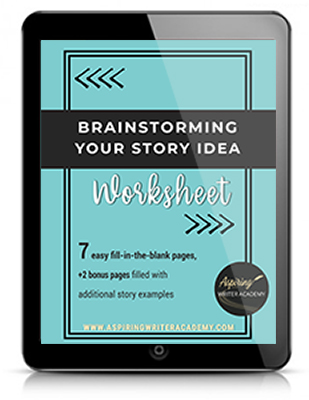
ENTER YOUR EMAIL BELOW
TO GET YOUR FREE
"Brainstorming Your Story Idea Worksheet"
7 easy fill-in-the-blank pages,
+ 2 bonus pages filled with additional story examples.
A valuable tool to develop story plots again and again.
Other Blog Posts You May Like
How to Create a Basic Outline of a Fictional Novel with Characters, Plot, and Setting in One
How to Create ‘Rising Conflict’ in Your Fiction Novel
How to Write Your Very First Fiction Novel
How to Plot: One Central Storyline
How to Use ‘The Hero’s Journey’ to Plot Your Novel
10 Tips for Using Flashbacks in Your Fictional Novel
How to Use Framing Techniques in Your Fictional Novel
How to Write a Novel with the W-Plot Template
How to Use Themes in Your Fictional Story
Fiction Writing: What is a Pinch Point?
7 Tips for Writing a Story Synopsis
Fiction Writing: What is the ‘Black Moment?’
Fiction Writing: What is the ‘Man in the Mirror Moment?’
Fiction Writing: What is a Plot Hole?
How to Write Act III and Finish Your Fictional Story in 5 Steps
Structuring Act II (Part 2) for Maximum Impact: How to Keep Readers Engaged
Structuring Act II (Part 1) for Maximum Impact: How to Keep Readers Engaged

is a multi-published author, speaker, and writing coach. She writes sweet contemporary, inspirational, and historical romance and loves teaching aspiring writers how to write quality fiction. Read her inspiring story of how she published her first book and launched a successful writing career.
